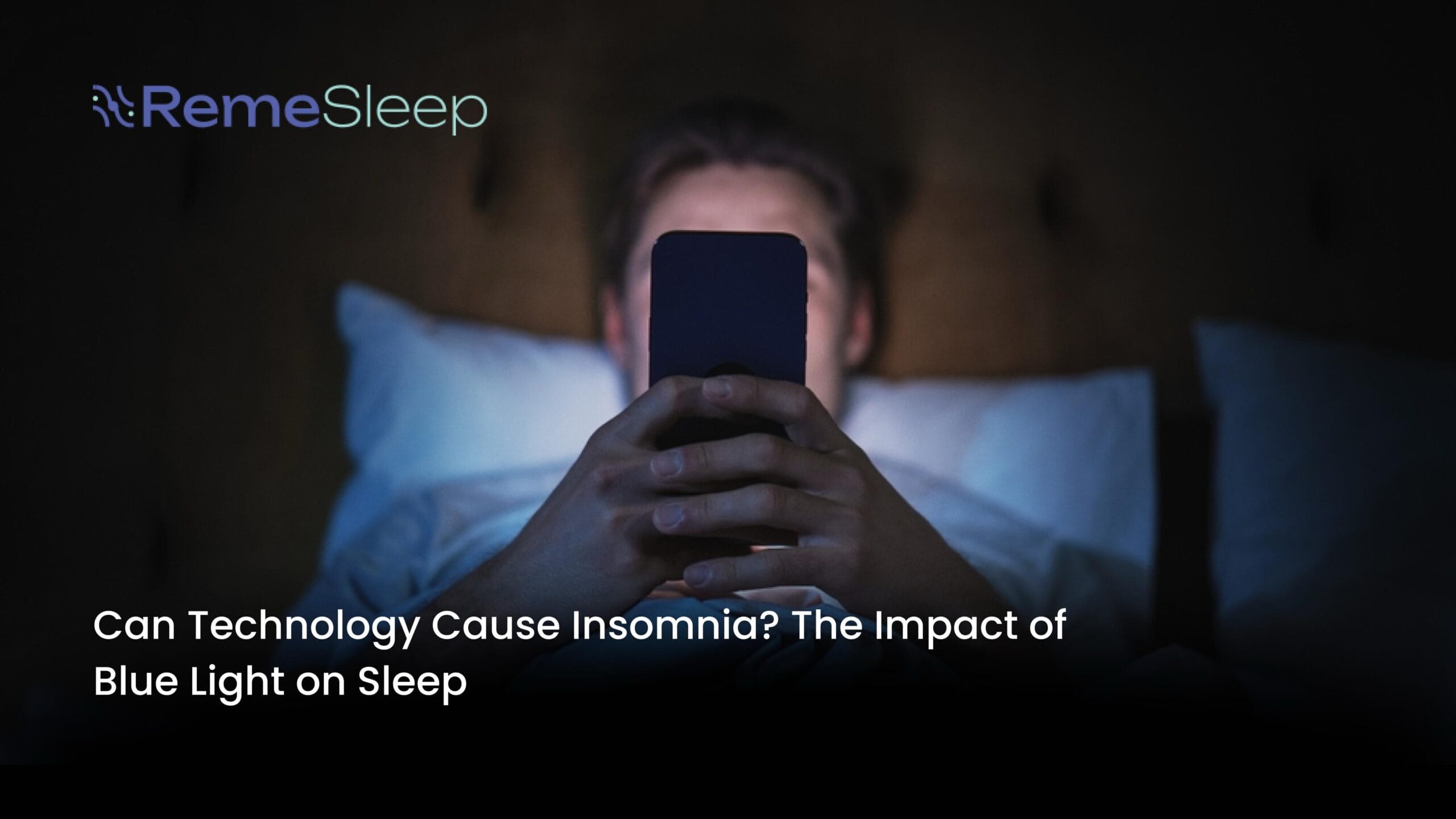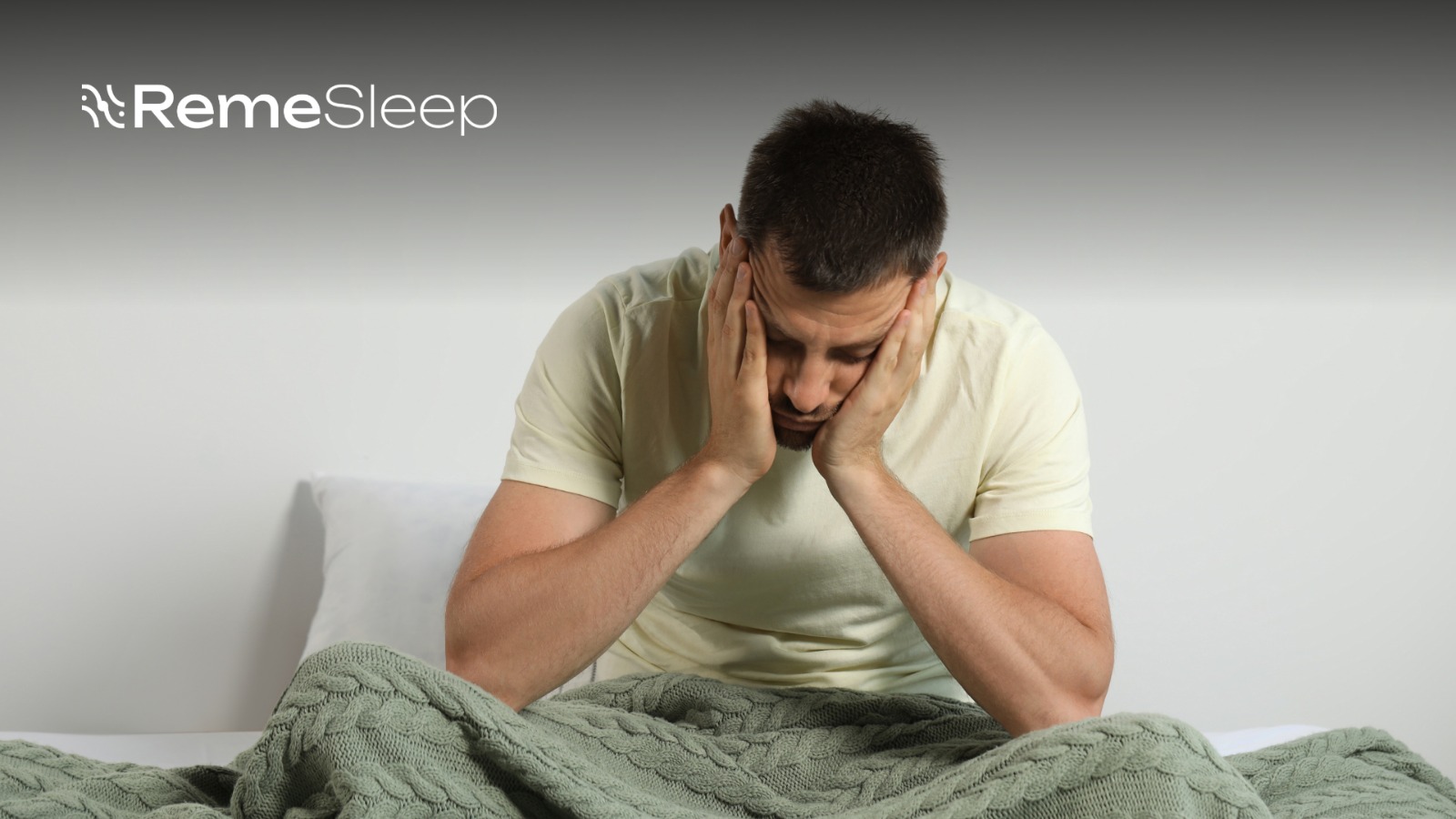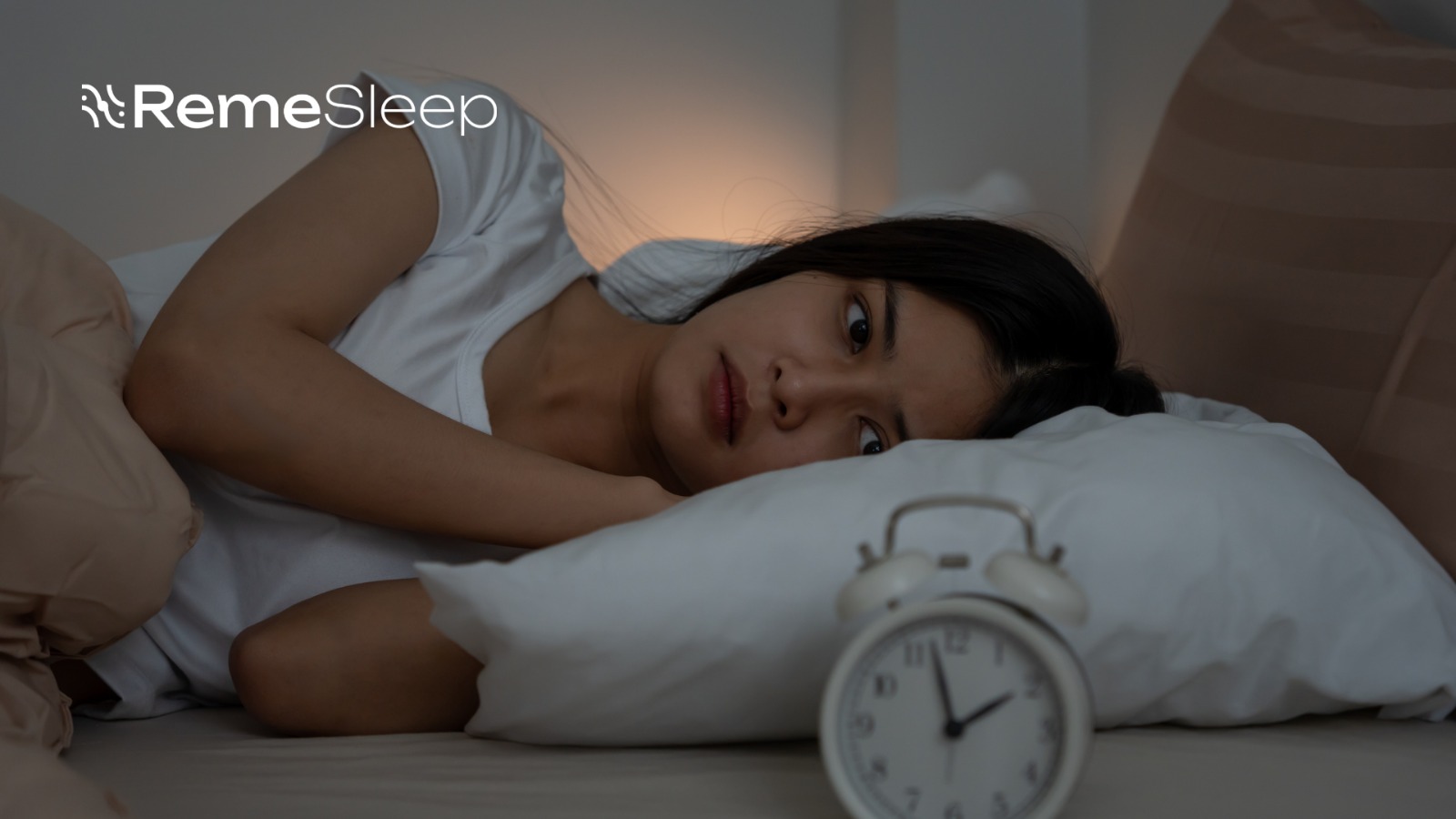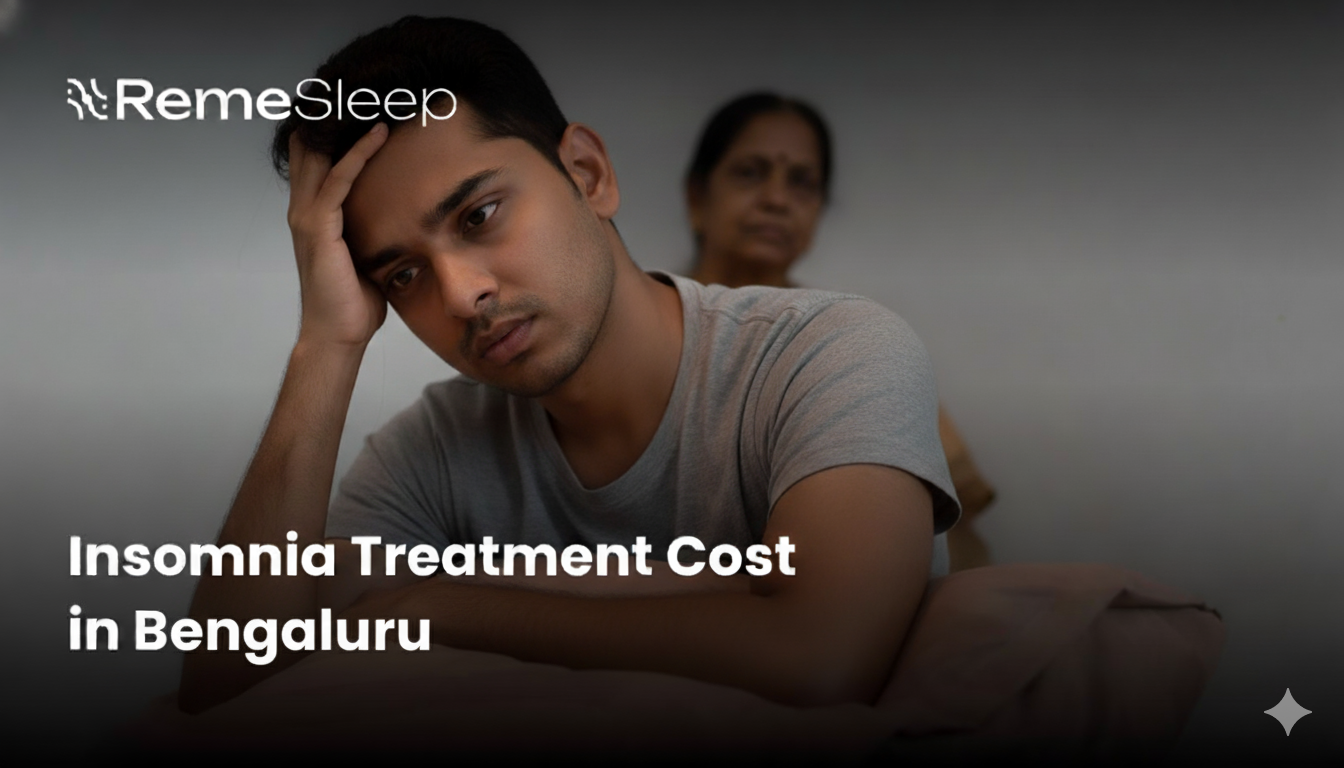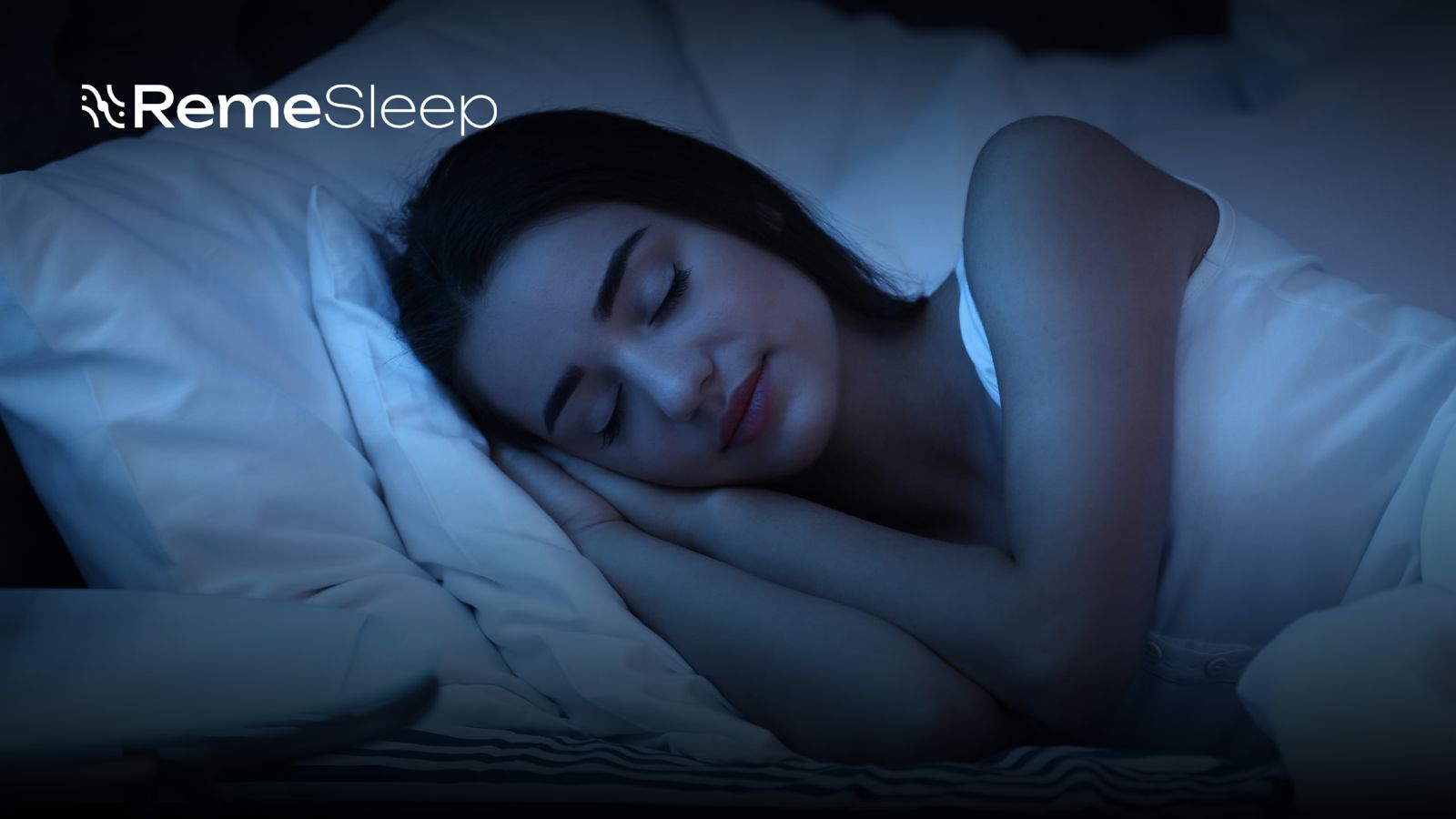In the modern digital age, technology is deeply integrated into our daily lives. From smartphones and tablets to televisions and laptops, screens surround us everywhere. While technology offers convenience and entertainment, it also has unintended consequences—one of the most significant being its impact on sleep. The blue light emitted by screens has been linked to insomnia and sleep disturbances. But how exactly does technology contribute to poor sleep, and what can be done to mitigate its effects? Let’s explore in detail.
Understanding Blue Light and Its Impact on Sleep
Blue light is a type of high-energy visible (HEV) light emitted by electronic screens, LED lighting, and the sun. While exposure to natural blue light during the day helps regulate our circadian rhythm and boost alertness, excessive exposure to artificial blue light at night disrupts sleep.
Effects of Blue Light on Sleep
| Effect | How It Affects Sleep |
| Melatonin Suppression | Blue light inhibits melatonin, the sleep hormone, making it harder to fall asleep. |
| Delayed Sleep Onset | Exposure to screens before bed tricks the brain into thinking it’s daytime, delaying sleep. |
| Disrupted Circadian Rhythm | Irregular light exposure confuses the body’s internal clock, leading to poor sleep quality. |
| Increased Sleep Latency | Longer time taken to fall asleep due to overstimulation. |
| Reduced REM Sleep | Essential deep sleep stages are shortened, affecting cognitive function and memory. |
How Technology Contributes to Insomnia
Apart from blue light exposure, technology affects sleep in multiple ways:
1. Overstimulation of the Brain
Watching intense videos, playing video games, or scrolling through social media keeps the brain active and engaged, making it difficult to wind down for sleep.
2. Increased Screen Time Before Bed
Many people use their smartphones or tablets in bed, unknowingly delaying their sleep onset and reducing total sleep hours.
3. Notifications and Sleep Interruptions
Frequent notifications, late-night messages, and phone vibrations can disrupt sleep cycles, leading to fragmented sleep.
4. Anxiety and Stress from Technology Use
Excessive exposure to social media or work emails before bed can increase stress levels, leading to racing thoughts and difficulty relaxing.
How to Reduce the Impact of Technology on Sleep
While avoiding technology completely may not be realistic, several strategies can help reduce its negative effects on sleep.
1. Limit Screen Time Before Bed
Experts recommend a technology curfew at least 1-2 hours before bedtime to allow the body to produce melatonin naturally.
2. Use Blue Light Filters
Most devices now have built-in blue light filters such as:
| Device | Blue Light Filter Feature |
| Smartphones & Tablets | Night Shift (iOS), Night Mode (Android) |
| Laptops & Computers | Night Light (Windows), Night Shift (Mac) |
| Wearable Devices | Blue light blocking glasses |
3. Switch to Warm Lighting
Use dim, warm-colored lights in the evening to minimize blue light exposure and promote melatonin production.
4. Engage in Screen-Free Relaxation Activities
Instead of using screens, try:
- Reading a physical book
- Practicing meditation or deep breathing
- Listening to calming music or white noise
5. Enable Do Not Disturb Mode
Turning off notifications and putting your phone on Do Not Disturb mode can prevent nighttime awakenings caused by alerts.
